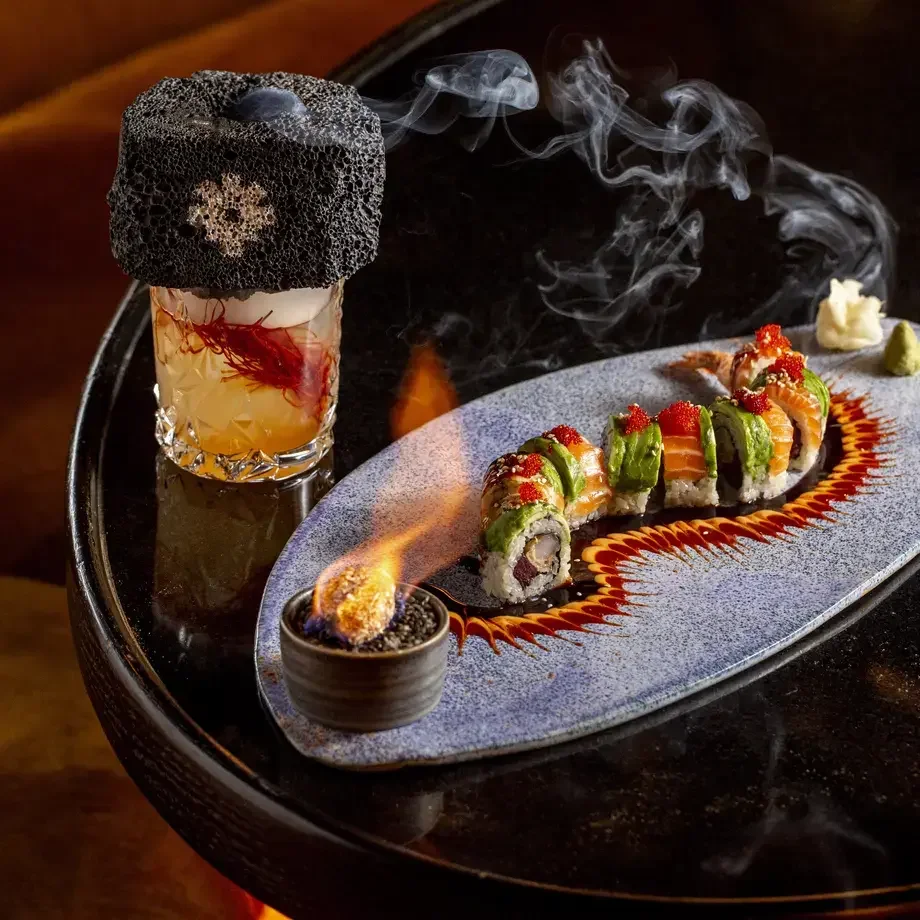I still remember vividly, as an awkward teenager, coming home from school to an empty house in the afternoon. The first thing I would do was to flick the switch on the kettle and make myself a cup of instant coffee, with milk, sometimes with sugar, usually without, and take a moment to sit down, blow on it to cool it, and drink. It was a daily ritual. That’s what coffee was back then, it was cheap, and was bitter, and it was all we had. A different, maybe simpler time, and that underwhelming, gray-tinged flavor still invokes nostalgic feelings in me when I experience it today.
Fast forward a few decades and my coffee habit has persisted. I drink copious amounts in the morning, but not in the afternoon, or it affects my sleep and while I have over the years, gone to the dark roast side, indulging in the best beans and roasts I can afford, going to the most pretentious café I can find in my area to try new and interesting blends and single origin beans, there is a part of me that still wants the bitter, gradual, watery taste of a cup of instant coffee.
If you have ever travelled to a developing nation, you’ll have noticed that they usually drink instant coffee over the high-brow artisan stuff we get in our local cafes. The people who live in the countries from which the coffee comes from drink the freeze-dried, water soluble coffee that people in the West look down their noses at. But if it’s good enough for them, it’s good enough for us.
The rare times I’m exposed to instant coffee, whether it be traveling in Africa, or say, working on location when the only option is a piping hot pool of black liquid in a Styrofoam cup, I feel like I’ve returned to a more authentic version of myself. If artisan coffee has shrugged the label of the indulgence of an aspirational middle class, instant coffee brings me back to a place and time that was more egalitarian, fairer, and humbler. In a world that is evermore riven by divisions of class, race, of opportunity and privilege, maybe it sounds trite, but a simple, so-called substandard coffee reminds me of where I come from, where we all come from, and even the mass-produced food and beverage experiences that are worth preserving.















